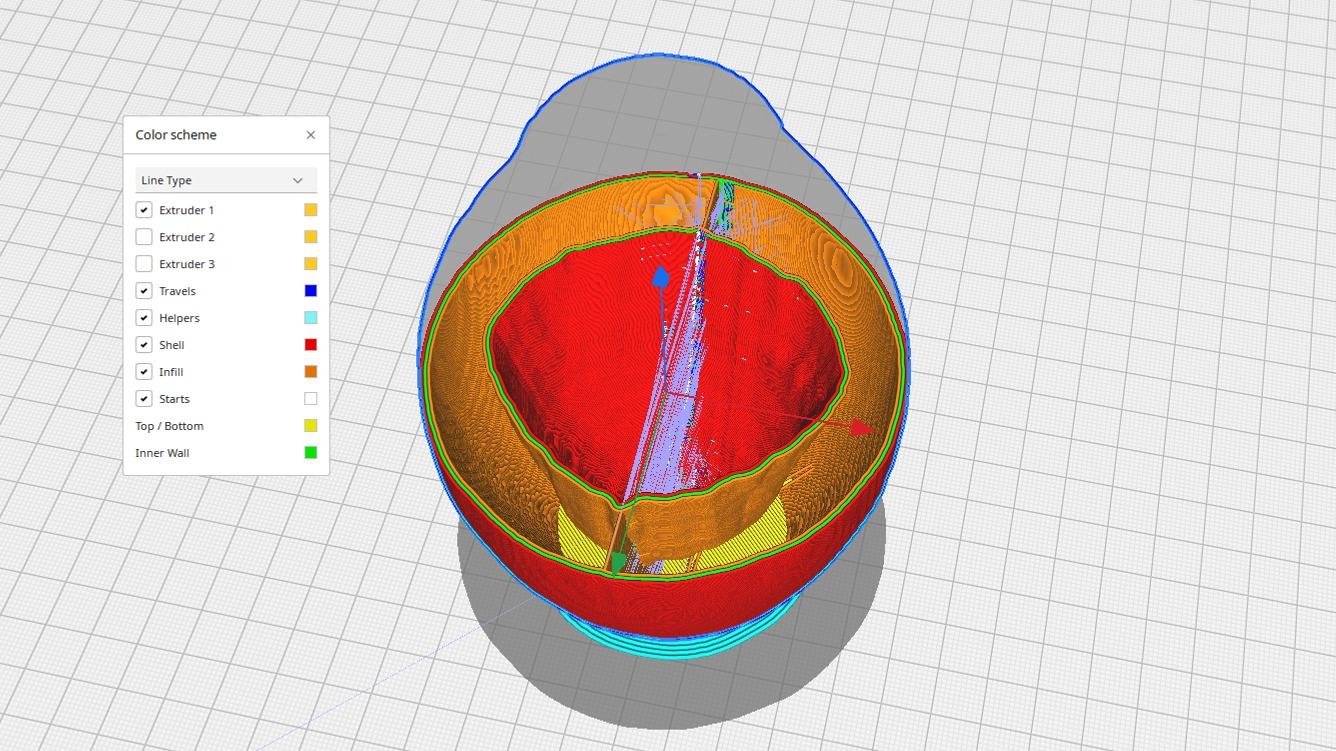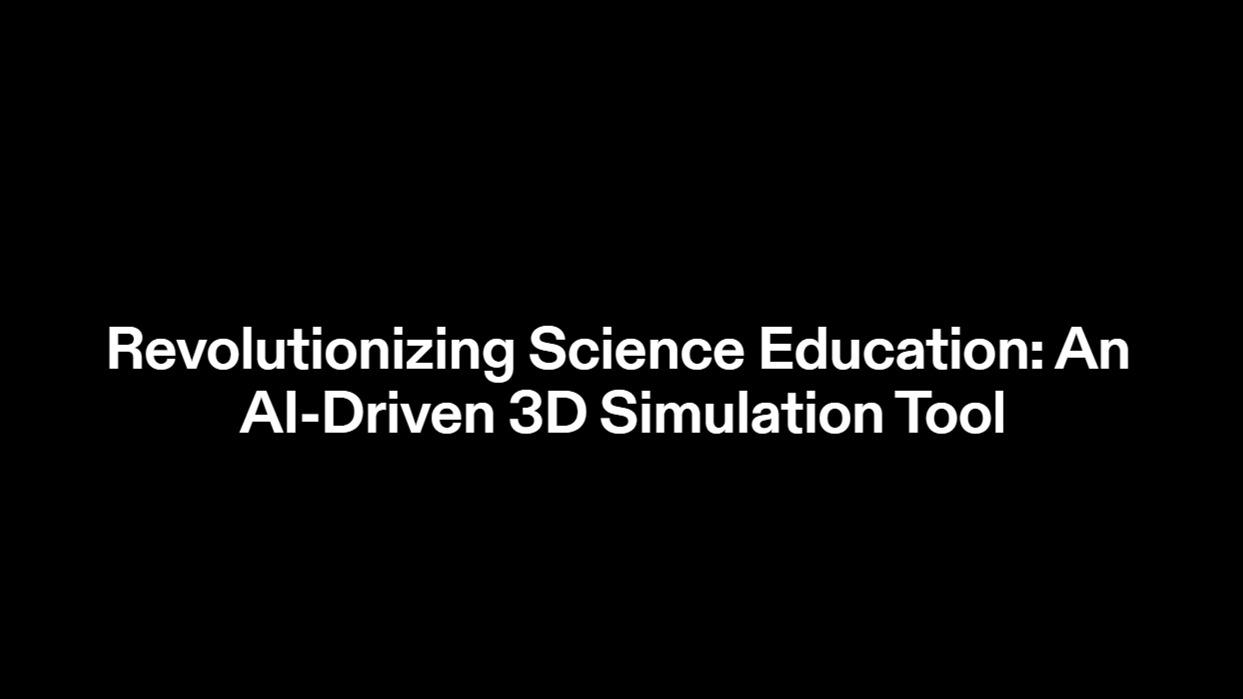GET3D AI technology page Top Builders
Explore the top contributors showcasing the highest number of GET3D AI technology page app submissions within our community.
GET3D by Nvidia
Introduction to GET3D: A Generative Model of High Quality 3D Textured Shapes
GET3D is a groundbreaking generative model designed by Nvidia. This technology synthesizes high-quality 3D textured shapes learned directly from images. It encompasses complex topologies and rich geometries, which can be directly consumed by 3D rendering engines.
Basic Theoretical Information
The GET3D model comprises the following key components:
- Generates 3D SDF & Texture Field: Two latent codes are utilized to create a 3D SDF and a texture field.
- Utilizes DMTet: The model uses DMTet to extract a 3D surface mesh from the SDF and retrieve the texture field's colors.
- Rasterization-Based Differentiable Renderer: It helps obtain RGB images and silhouettes using adversarial losses.
- End-to-End Trainable Model: With two 2D discriminators, the model classifies whether the inputs are real or fake.
Use Cases and Tips
GET3D is designed to generate a variety of textured 3D shapes, making it highly suitable for various industries.
Use Cases
- Virtual World Modeling: In sectors like gaming and VR, it generates textured meshes like cars, chairs, buildings, etc.
- Unsupervised Material Generation: Integrated with DIBR++, GET3D can produce view-dependent lighting effects.
- Text-Guided Shape Generation: Utilizing textual prompts, the model generates meaningful shapes.
Tips
- Diverse Shapes Generation: Leverage GET3D for creating diverse shapes with complex topology and high-quality textures.
- Disentanglement: GET3D efficiently disentangles geometry and texture, allowing unique control over shape creation.
- Latent Code Interpolation: For smooth transitions between different shapes, use random walks in the latent space.
How-To Set Up Guide with Code Samples
Setting up GET3D requires careful preparation. This guide provides a comprehensive overview of the necessary steps to prepare datasets, train the GET3D model, conduct inference, and evaluate the model's performance.
Preparing Datasets
GET3D is trained using a synthetic dataset. Rendering scripts for ShapeNet are provided, and instructions for downloading the ShapeNet dataset and rendering it can be found in the accompanying README file.
Training the Model
1. Cloning the Repository and Acquiring Necessary Files
The necessary code and files can be obtained from GitLab by executing the following commands:
cd YOUR_CODE_PATH
git clone git@github.com:nv-tlabs/GET3D.git
cd GET3D; mkdir cache; cd cache
wget https://api.ngc.nvidia.com/v2/models/nvidia/research/stylegan3/versions/1/files/metrics/inception-2015-12-05.pkl2. Model Training
Training the model involves the following steps:
- Setting the working directory and environment variables:
cd YOUR_CODE_PATH
export PYTHONPATH=$PWD:$PYTHONPATH
export CUDA_VISIBLE_DEVICES=0,1,2,3,4,5,6,7- Training on the unified generator for cars, motorbikes, or chairs (improved generator details can be found in the Appendix):
python train_3d.py --outdir=PATH_TO_LOG --data=PATH_TO_RENDER_IMG --camera_path PATH_TO_RENDER_CAMERA --gpus=8 --batch=32 --gamma=40 --data_camera_mode shapenet_car --dmtet_scale 1.0 --use_shapenet_split 1 --one_3d_generator 1 --fp32 0
python train_3d.py --outdir=PATH_TO_LOG --data=PATH_TO_RENDER_IMG --camera_path PATH_TO_RENDER_CAMERA --gpus=8 --batch=32 --gamma=80 --data_camera_mode shapenet_motorbike --dmtet_scale 1.0 --use_shapenet_split 1 --one_3d_generator 1 --fp32 0
python train_3d.py --outdir=PATH_TO_LOG --data=PATH_TO_RENDER_IMG --camera_path PATH_TO_RENDER_CAMERA --gpus=8 --batch=32 --gamma=400 --data_camera_mode shapenet_chair --dmtet_scale 0.8 --use_shapenet_split 1 --one_3d_generator 1 --fp32 0Three different commands can be used for training on different objects, and variations exist for training on separate generators, as described in the main figure of the paper.
- Debugging the Model (Optional):
To debug the model, the number of GPUs can be reduced to 1 and the batch size to 4 using the flags--gpus=1 --batch=4.
Inference
1. Visualization on a Pretrained Model
A pretrained model can be downloaded from the provided link for visualization. Inference can operate on a single GPU with 16 GB of memory:
python train_3d.py --outdir=save_inference_results/shapenet_car --gpus=1 --batch=4 --gamma=40 --data_camera_mode shapenet_car --dmtet_scale 1.0 --use_shapenet_split 1 --one_3d_generator 1 --fp32 0 --inference_vis 1 --resume_pretrain MODEL_PATH
python train_3d.py --outdir=save_inference_results/shapenet_chair --gpus=1 --batch=4 --gamma=40 --data_camera_mode shapenet_chair --dmtet_scale 0.8 --use_shapenet_split 1 --one_3d_generator 1 --fp32 0 --inference_vis 1 --resume_pretrain MODEL_PATH
python train_3d.py --outdir=save_inference_results/shapenet_motorbike --gpus=1 --batch=4 --gamma=40 --data_camera_mode shapenet_motorbike --dmtet_scale 1.0 --use_shapenet_split 1 --one_3d_generator 1 --fp32 0 --inference_vis 1 --resume_pretrain MODEL_PATH
Additional options can be added to the inference command to generate mesh with textures (--inference_to_generate_textured_mesh 1) or to generate results with latent code interpolation (--inference_save_interpolation 1).
Evaluation Metrics
1. Computing FID
To evaluate the model with the FID metric, add the option --inference_compute_fid 1 to the inference command.
2. Computing COV & MMD Scores for LFD & CD
First, generate 3D objects for evaluation by adding the option --inference_generate_geo 1 to the inference command. Then, follow the instructions in the README to compute the metrics.
Links for Useful Materials
- Paper: GET3D Paper
- Project Page: Project Page
- Nvidia Source Code License: License
- Pretrained Model on Shapenet: Download
- Code Release: Github Repository
The GET3D model by Nvidia opens up a new realm of possibilities in 3D shape generation. By understanding its theoretical underpinnings, real-world applications, and carefully following the setup guide, users can leverage this advanced tool for cutting-edge Point-E and 3D AI tasks. Visit the linked resources for more in-depth information and assistance.
GET3D AI technology page Hackathon projects
Discover innovative solutions crafted with GET3D AI technology page, developed by our community members during our engaging hackathons.





